See Text below for more information about Niacin and its effects on Lipids overall. Niacin (or Nicotinic Acid) is a form of vitamin B3. Niacin is one of the essential nutrients for the human body. Niacin deficiency can cause pellagra, while insufficient niacin in the diet can cause nausea, skin and mouth lesions, anemia, headaches, and tiredness. A recommended daily allowance of niacin would be 2–12 mg/day for children, 14 mg/day for women, 16 mg/day for men, and 18 mg/day for pregnant or breast-feeding women. Niacin in much higher doses than those recommended as daily dietary allowance is a potent agent against Dyslipidaemia. In doses as high as 1.500 – 2.000mg is proven to reduce LDL (bad) cholesterol by 20%, increase HDL (good) Cholesterol by 30%, and also reduce Triglycerides by almost 40%. It is also proven to reduce the atherogenic fraction of LDL: Lp(a), and apolipoprotein Apo-B (which is the carrier of lipids in LDL-C). Two large studies have been conducted with these doses of Niacin with patients under treatment with Statins. (AIM-HIGH & HPS2-THRIVE). These studies concluded that there is no added cardiovascular benefit by concomitant use of high doses of Niacin along with statin treatment, when LDL-C levels are already very low. It seems though that Niacin treatment is effective in patients not treated with statins. Niacin in such high doses can cause Flushing. Another form of vitamin B3 is Nicotinamide, but only Niacin has been found to have this strong effect on dyslipidaemia.
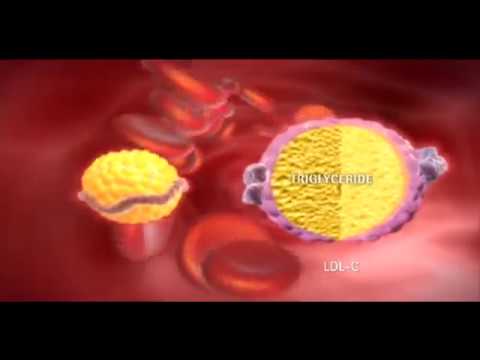
Niacin effects on Cholesterol (Mechanism of Action)
- Post author:
- Post published:May 24, 2021
- Post category:Uncategorized
- Post comments:0 Comments
You Might Also Like

Obstetrics Video – 4

Understanding the Heart Attack, Causes and Symptoms| Dr. Priti Singhania ( Hindi )

Clinical Psychology Video – 4

Does Eating Right Before Bed Lead to Weight Gain?

How to Do Leg Lifts or Leg Raises

JM PRESS: Skullcrusher + Close Grip Bench Hybrid- Effective and Safe Tricep Exercise
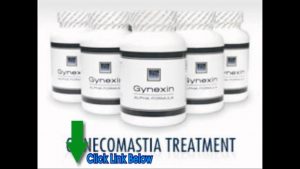
Gynecomastia Treatment Dallas – Overcome Gynaecomastia Promptly
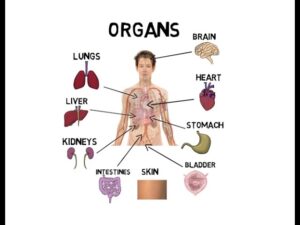
Human Body Systems Video – 2
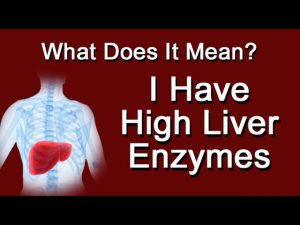
I Have High Liver Enzyme Levels. What Does It Mean?
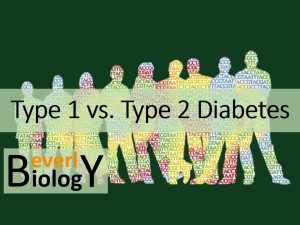
Type 1 vs. Type 2 Diabetes
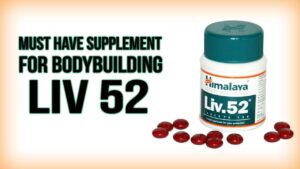
Must have Supplement for Bodybuilders LIV. 52

Skiing Video – 3

Dean performing leg extensions using TRX suspension trainer
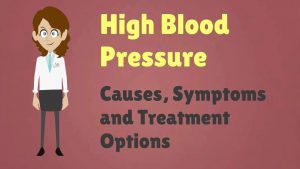
High Blood Pressure – Causes, Symptoms and Treatment Options

Hany Rambod’s 70 Seconds on FST-7 Overhead Tricep Extension (High Pulley)

Ct Angiography full Video | StarImaging & Path Labs
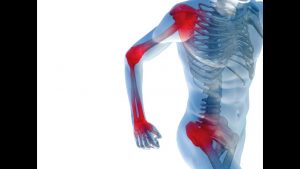
8 Signs You May Have a Thyroid Problem

World’s Best Fish Oil – Omega 3 at CHEMIST SHOP | Cheapest | Guaranteed Results

How much PROTEIN do we need DAILY? (Hindi / Punjabi)

Sprinting Running Video – 1
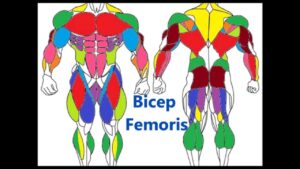
Major Muscle Groups: Basic Muscle anatomy

Arm Workout Tips | Hammer Curls | Biceps Workout

Digestion in Human Beings 3D CBSE Class 7 Science (www.iDaaLearning.com)

Skating Video – 2

What Is Vitamin B12? | Vitamins

Yoga Industry And Advantages Video – 1

Fat Loss Weight Loss Video – 5

7 Best Muscle Building Minerals

GLUTE/LOWER BACK EXERCISE ON BACK EXTENSION MACHINE JENNFIT TRAINING
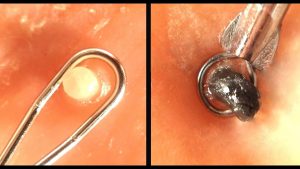
How To Use A Comedone Extractor Tool

Instructional FItness – Cable Curls

“Skinny Fat” Body Type: Should You Bulk Or Cut First? Info by Guru Mann

Kriya Video – 6

Buy Alli Weight Loss Aid – How Alli Works

How to Do a Concentration Curl | Arm Workout

Male Infertility (Getting Pregnant #3)

Reverse Hyperextension

General Surgery Video – 1

V-Up Alternating Knee Tuck – 15 Second Fitness
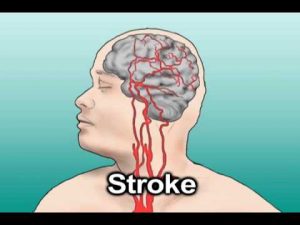
Hypertension and Stroke (Health Tip)

Muscle Building Workout & Squats Video – 30

